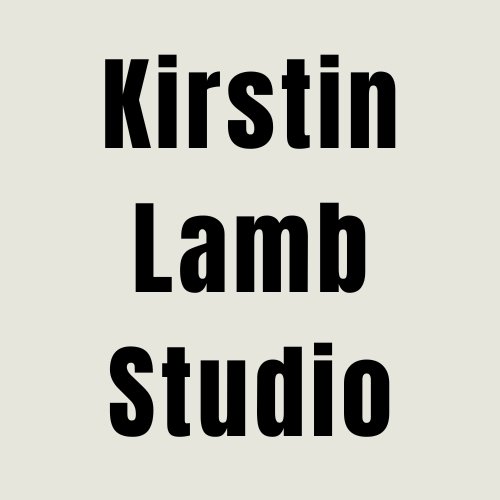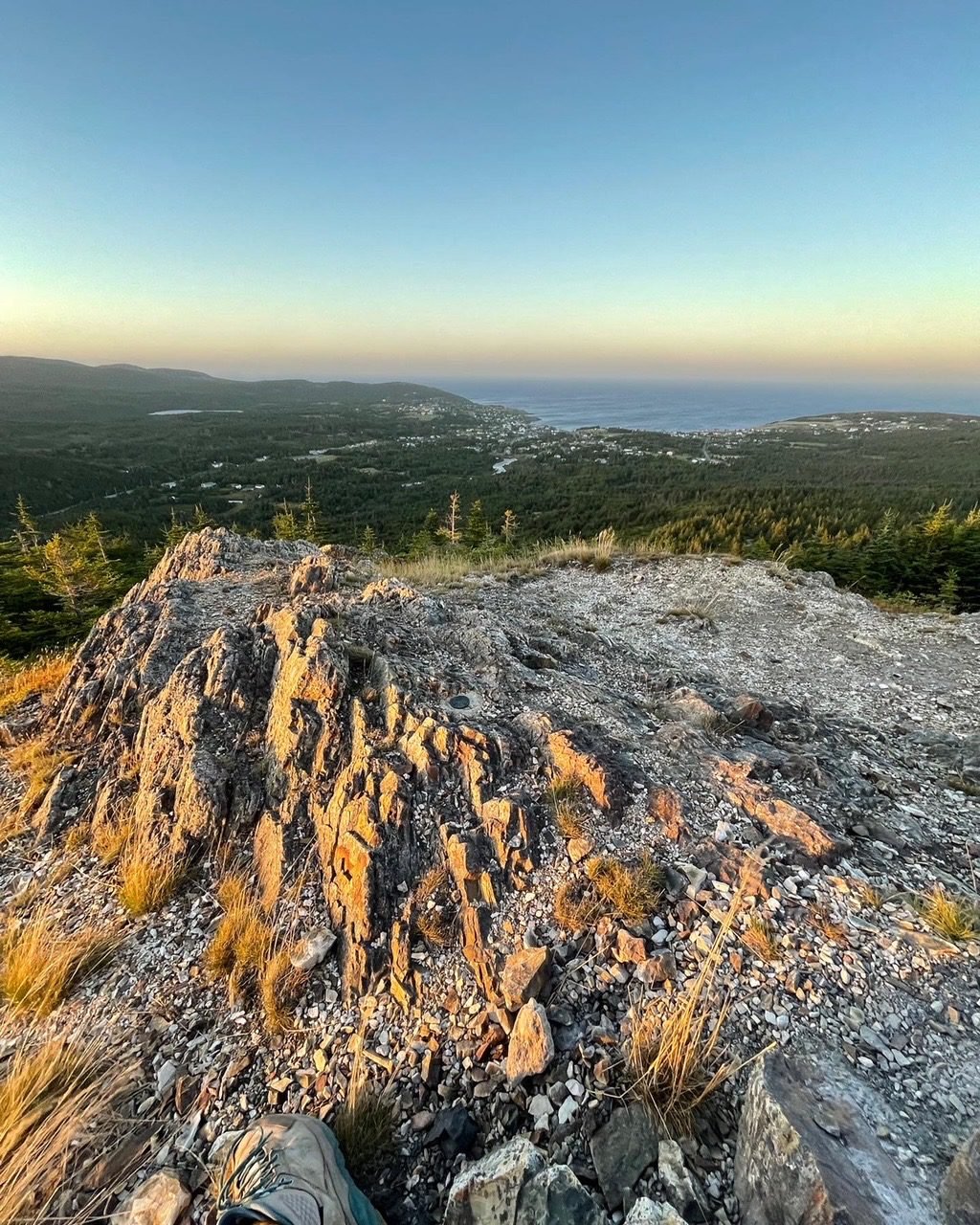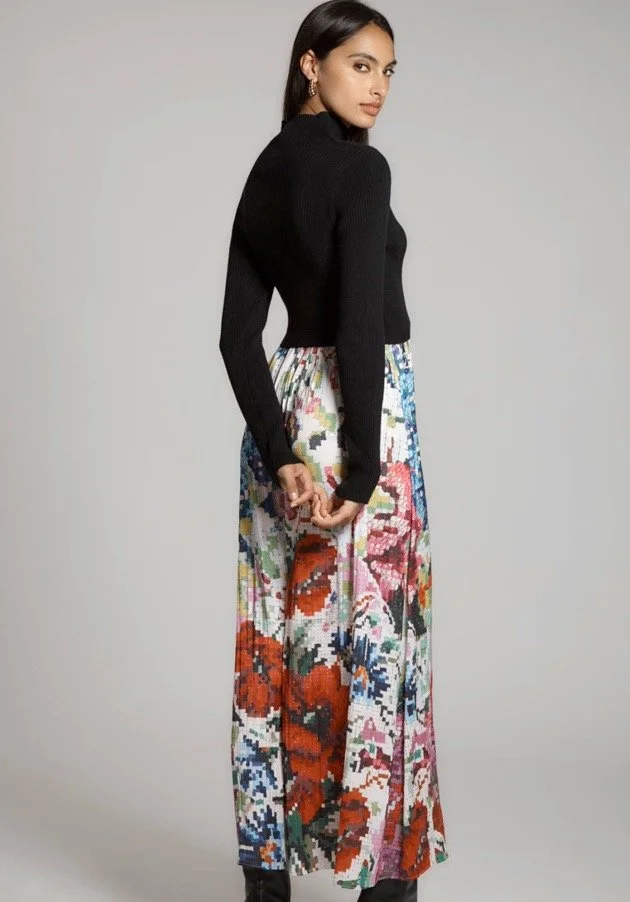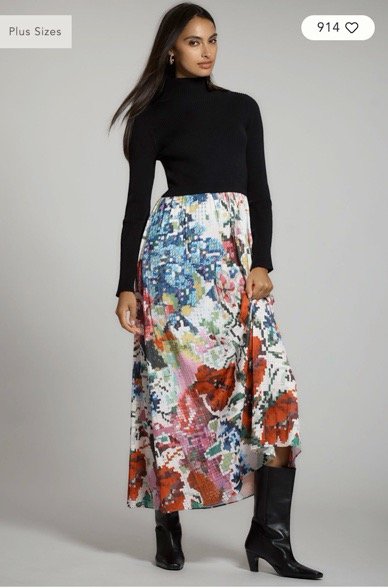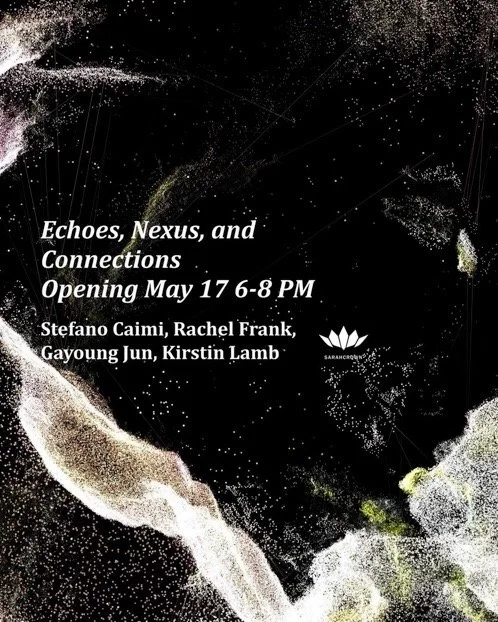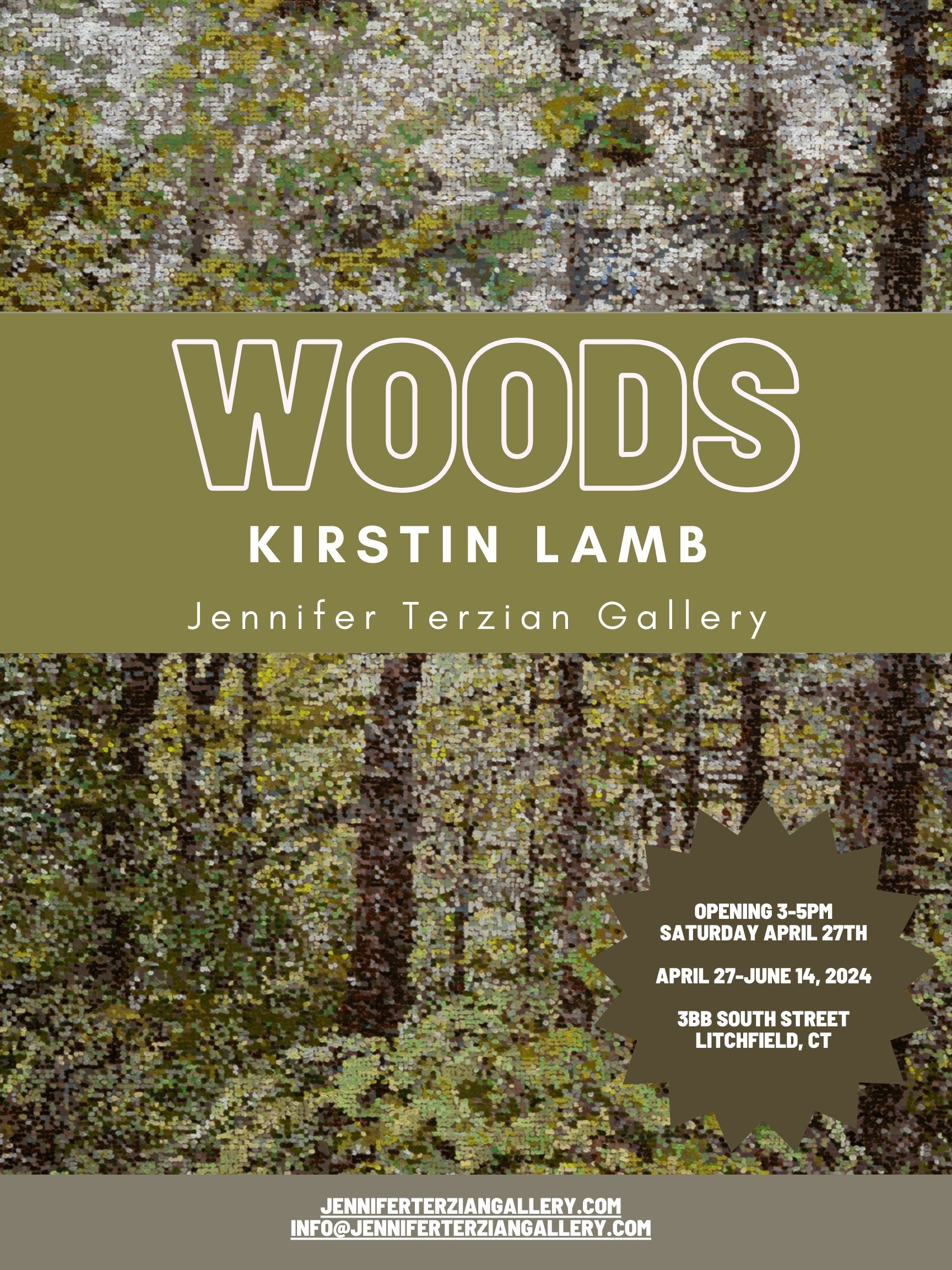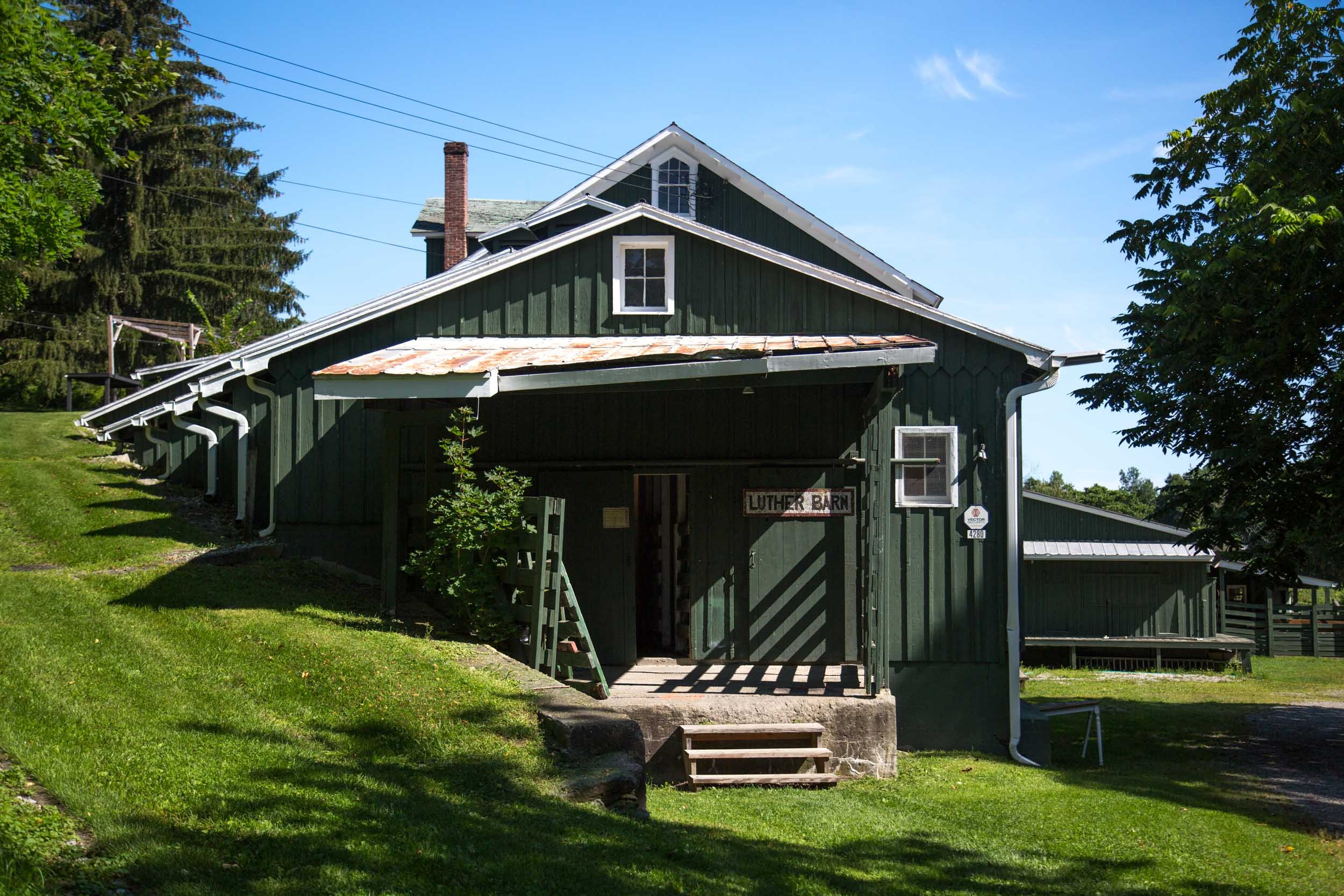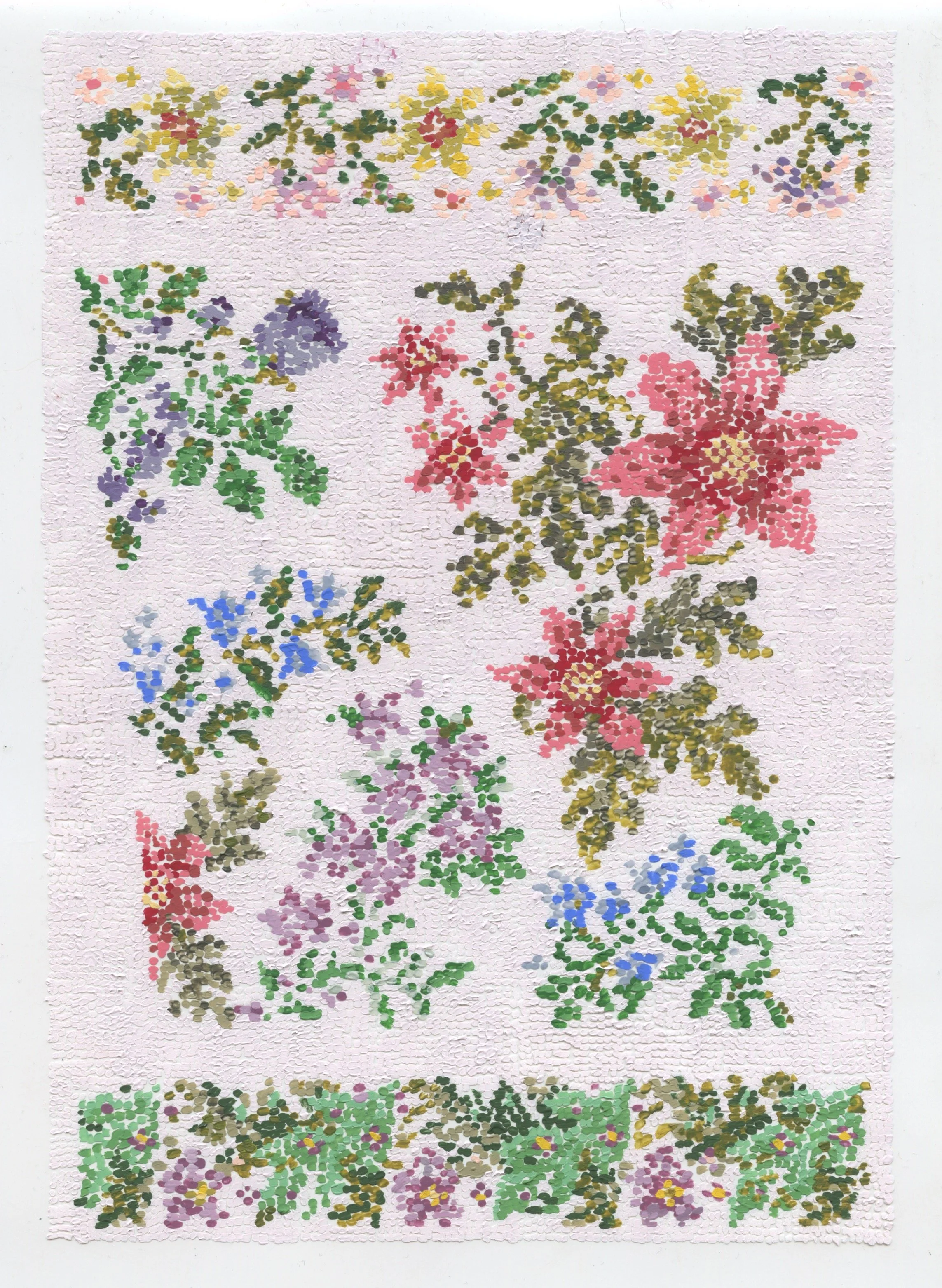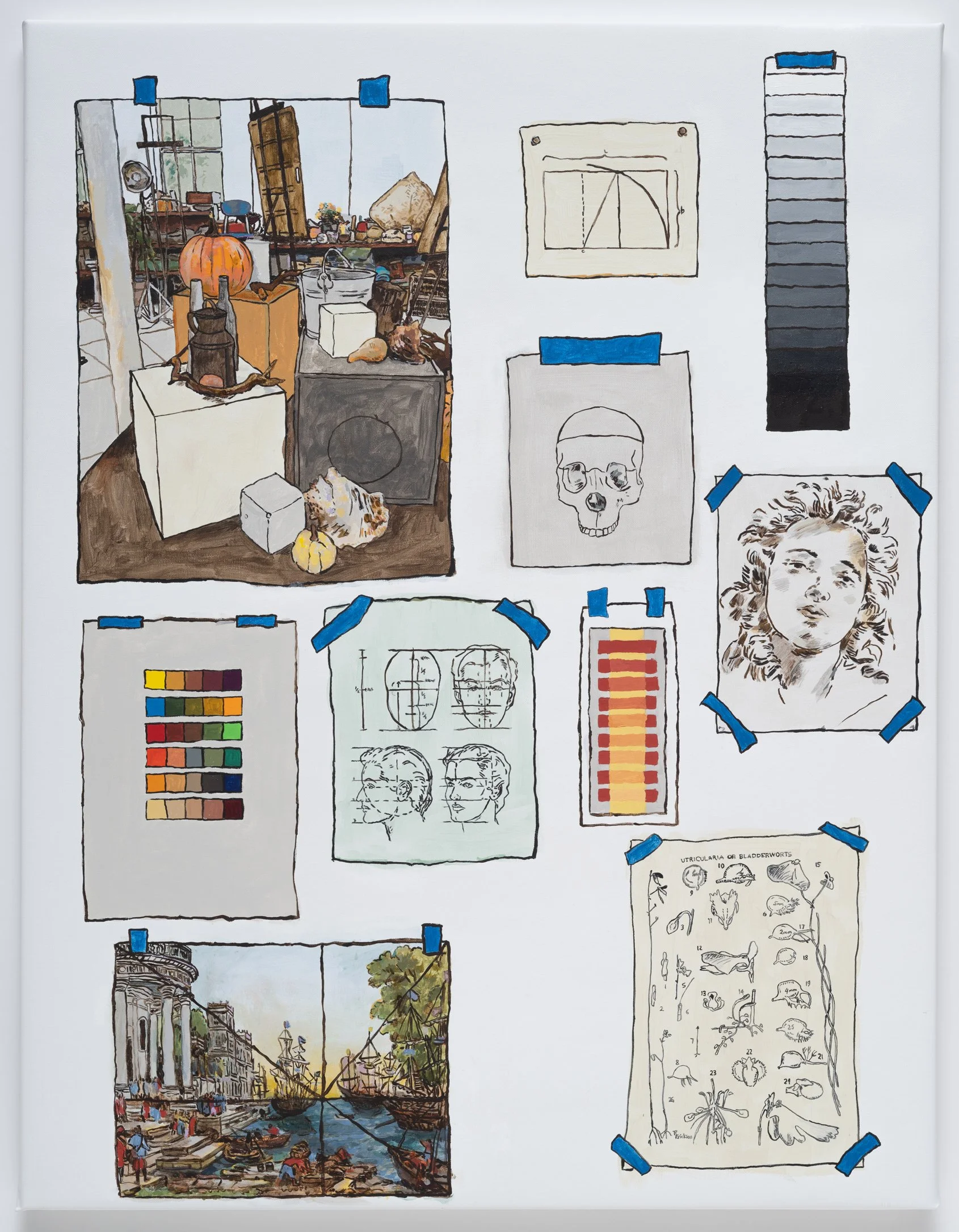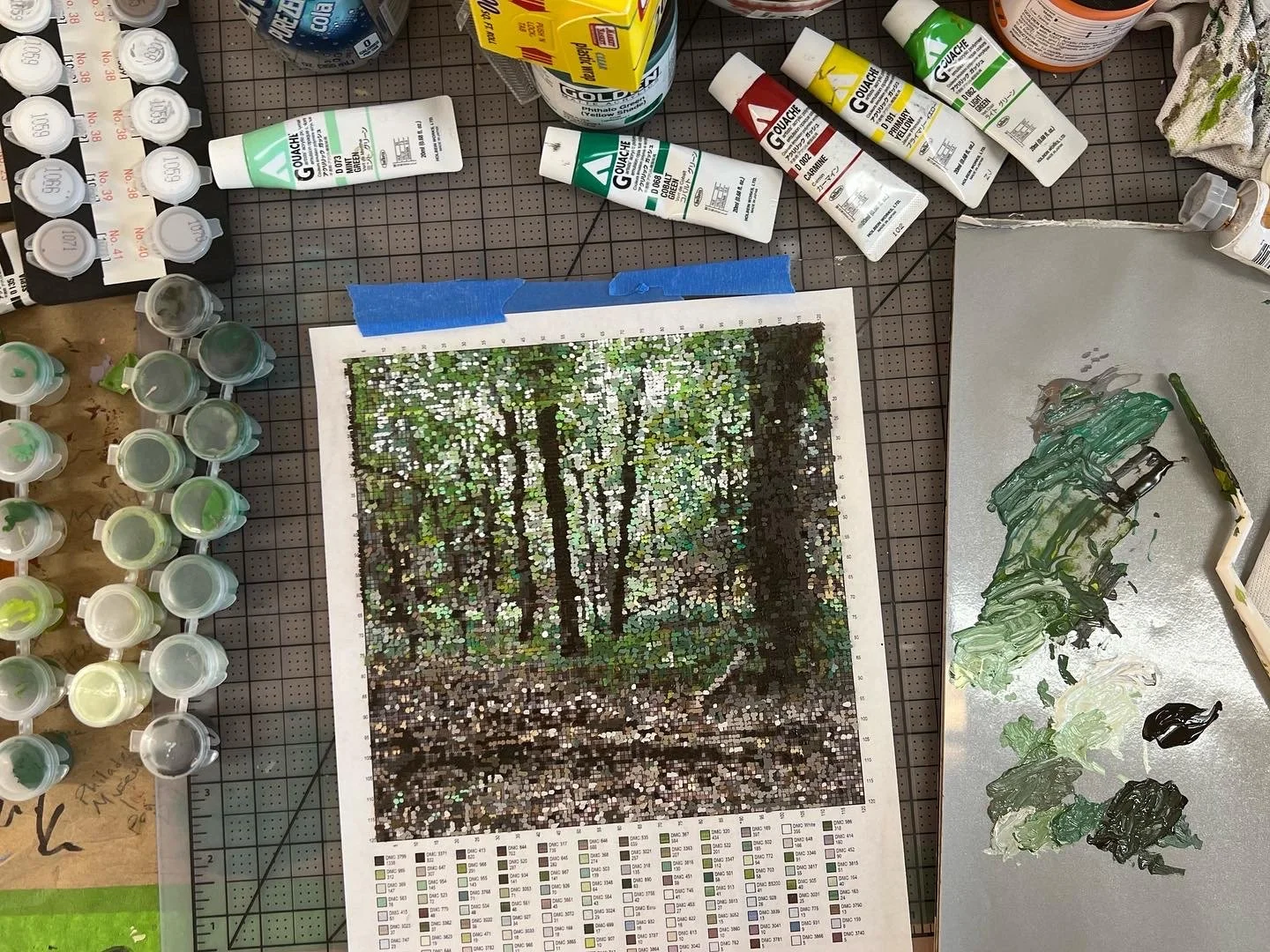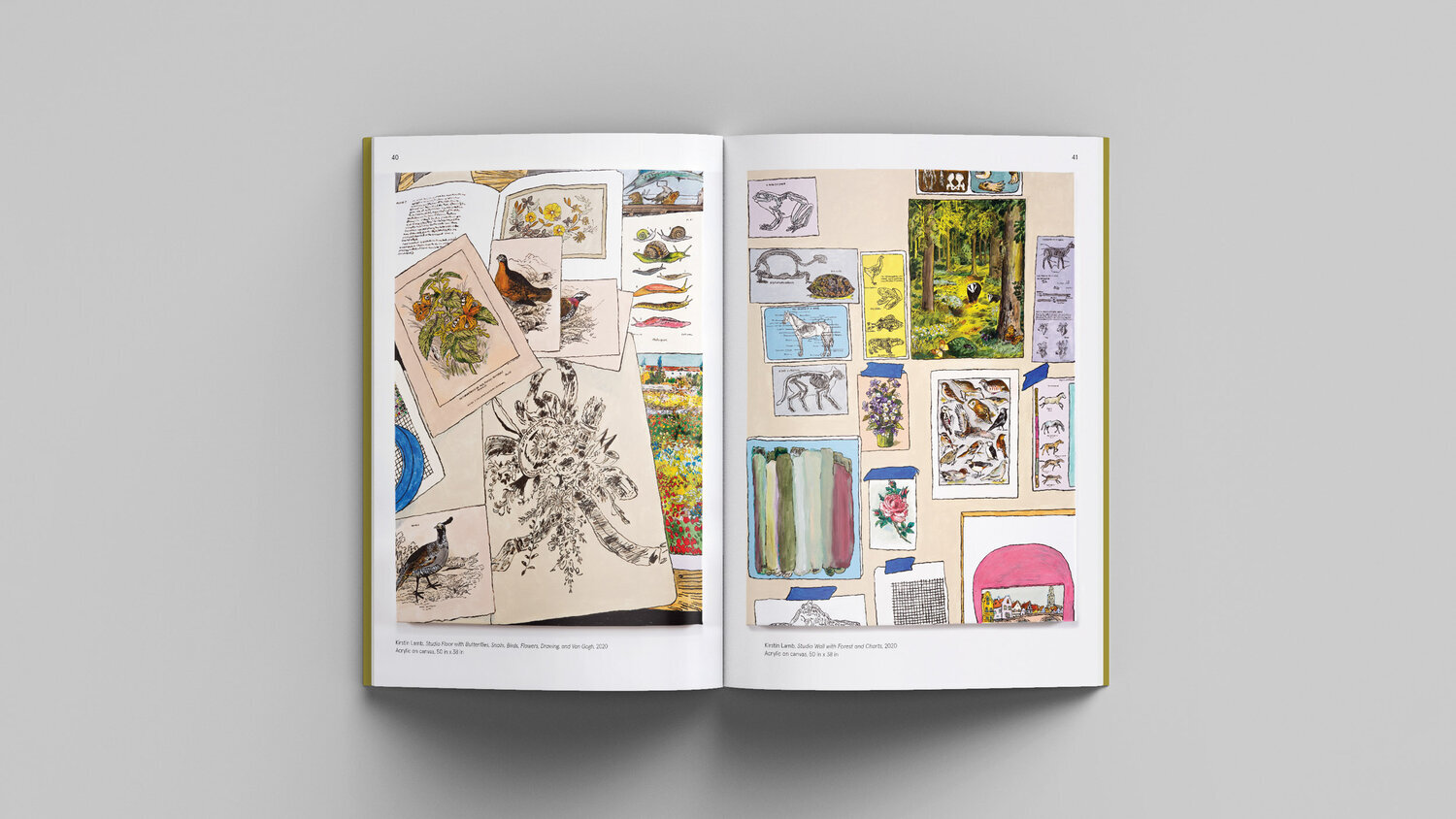Join us live and in-person on Saturday, April 29th, 6-9pm for the exhibition and raffle of 100 (!) generously donated artworks, the unveiling of a limited-edition collaborative artwork by OyG co-directors, open bar and snacks!
Tickets are $250 each for the general public and $150 each for donating artists!
Each ticket includes:
your choice of one artwork in the raffle when your number is called
art packing service so your artwork is READY TO TAKE AWAY on the night of the event
one limited-edition collaborative artwork by OyG Co-Directors
open bar and snacks at the event
+ 1 guest
live entertainment with legendary NYC drag icon Linda Simpson
Reaching 10 years would not have been possible without the support of our beloved community. Through thick and thin, you’ve been there for us, and we thank you!
We hope you can join us for this once-in-a-lifetime occasion.
EXHIBITION PREVIEW of donated works is free and open to the public on Saturday, April 22 and Sunday April 23rd, 1-6pm both days.
FUNDRAISER RAFFLE begins at 6:30pm SHARP at the event on Saturday April 29th at: Ortega y Gasset Projects, 363 3rd Ave., Brooklyn, NY 11215
Ortega y Gasset Projects is thrilled to announce Ortega y Gasset Projects’ 10 Year Anniversary Fundraiser Event, taking place on Saturday, April 29th from 6-9pm. The event includes a live raffle of 100 donated artworks by artists within OyG’s extensive community, and the unveiling of a limited-edition exquisite corpse poster by current and former OyG co-directors. The event takes place at OyG Projects in Gowanus, Brooklyn and is hosted by New York City drag legend Linda Simpson. The exhibition of donated works is open to the public for a preview weekend of Saturday April 22nd and Sunday April 23rd, 1-6pm both days.
OyG Projects is a community-supported organization whose mission is to forge new connections between artists and viewers. The art raffle offers participants a chance to take home original artwork by an artist they have long admired, or have just discovered! Participants receive a number upon entry to the event. Art is selected as numbers are called at random. Selected art is professionally handled and packed at the event for immediate take-away. Surprise, discovery, and excitement are all part of the process as participants await their chance to select!
OyG Projects is an artist-run organization. In the spirit of collaboration and to commemorate 10 years, current and former OyG co-directors come together to produce a 21-century version of the celebrated Surrealist party game exquisite corpse. Historically, exquisite corpse is made by a group of artists drawing on different sections of a folded paper, blind to one another’s work. Surprising and unlikely connections between drawings are revealed when the paper is unfolded. OyG’s exquisite corpse is digitally made and printed as a foldable poster to be distributed at the event to all ticket-holders. OyG Projects Exquisite Corpse is directed by Eric Hibit with the participation of Lauren Frances Adams, Joshua Bienko, Leeza Meksin, Nickola Pottinger, Sheilah ReStack, Adam Liam Rose, Sarah Rushford, Zahar Vaks, Lauren Whearty, and Karla Wozniak.
Ortega y Gasset Projects was born in 2013 when a group of artists brainstormed how to embrace their circumstances and thrive as artists, curators, and community members. Working collaboratively, the founding members of Ortega y Gasset Projects embarked on an experimental venture to start an artist-run gallery and exhibit the work of their peers. The founding members of OyG Projects include Lauren Frances Adams, Joshua Bienko, Clare Britt, Carrie Hott, Jessica Langley, Leeza Meksin, Sheilah ReStack and Karla Wozniak.
Over the past 10 years, OyG Projects has grown from a humble start-up (funded mainly with Co-director dues) to a thriving institution on the forefront of the visual arts with support from The Andy Warhol Foundation for the Visual Arts, NYC Cultural Development Fund, New York State Council on the Arts, The NYC Cultural Development Fund, Oregon Community Foundation, and Joseph Robert Foundation. With a program focused on emerging and under-represented artists, OyG Projects continues to create opportunities for scores of artists of diverse background, sensibility, exhibition experience, and vision.
OyG Projects’ 10 Year Anniversary Fundraiser Event is organized by Eric Hibit with assistance from Clare Britt, Catherine Haggarty, Will Hutnick, Leeza Meksin, Nickola Pottinger, Adam Liam Rose, Zahar Vaks, and Lauren Whearty. For press inquiries contact Eric Hibit at oygprojects@gmail.com or visit oygprojects.com.
Donating Artists:
Adam Liam Rose
Adam Linn
Adama Delphine Fawundu
Aidan Boyle
Alexis Granwell
Alyssa Gorelick
Amanda Nedham
Amelia Galgon
Amy Sacksteader
Andrew Prayzner
Anne Thompson
B. Wurtz
Bess Adler
Bryan McGinnis
Butt Johnson
Calvin Burton
Catherine Haggarty
Chris Bogia
Christina Graham
Clara Nulty
Clare Britt
Colleen McCubbin Stepanic
Corydon Cowansage
Dani Klebes
Darryl DeAngelo Terrell
David Humphrey
Dona Nelson
Dominic Nurre
EJ Hauser
Elise Ferguson
Eric Hibit
Eric Schnell
Forrest McGarvey
Fritz Horstman
George Boorujy
Gyan Shrosbree
Hannah Beerman
Heather Drayzen
Hong Hong
Jack Arthur Wood
Jackie Hoving
Jared Deery
Jen Shepard
Jenna Weiss
JJ Manford
Joshua Bienko
Joshua Drayzen
Julia Norton
Kari Cholnoky
Karsen Heagel
Kathleen Eastwood Riano
Kate Stone
Keisha Prioleau-Martin
Kelly Worman
Kirstin Lamb
Kit Warren
Lauren Michelle Peterson
Lauren Whearty
Lee Vanderpool
Leeza Meksin
Lisha Bai
Lucy Kim
Lydia Smith
Maia Palileo
Mark Joshua Epstein
Mary Laube
Mike Ambron
Monica Palma
Morgan Hobbs
Natessa Amin
Natalie Ortiz
Newton Pottinger
Nickola Pottinger
Norm Paris
Nuveen Barwari
Padma Rajendran
Pamela Sneed
Polly Shindler
Rachael Gorchov
Rachel Stern
Ralph Pugay
Raymond Hwang
Re McBride
Rick Briggs
Robert Hickerson
Robin Crookall
Rubens Ghenov
Sean Heiser
Sheilah and Dani ReStack
Shelley Smith
Sun You
Susan Klein
Tamar Ettun
Tatiana Florival
Theresa Bloise
Tommy Coleman
Vince Contarino
Wayne Koestenbaum
Wells Chandler
Will Hutnick
Winnie Sidharta Ambron
Xingze Li
Yevgeniya Baras
Zahar Vaks
Only 100 tickets available!
FUNDRAISER RAFFLE begins at 6:30pm SHARP at the event on Saturday April 29th at: Ortega y Gasset Projects, 363 3rd Ave., Brooklyn, NY 11215
